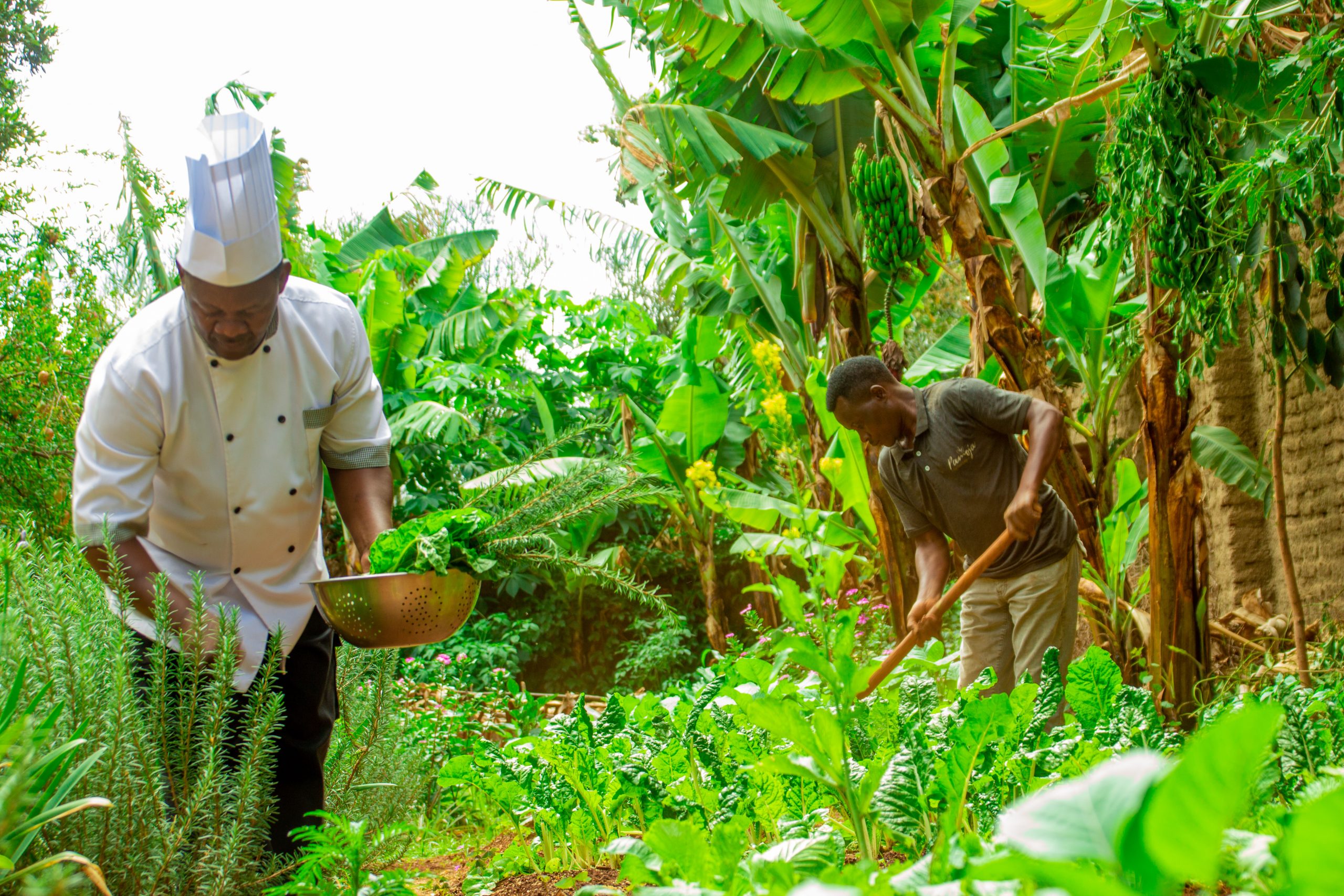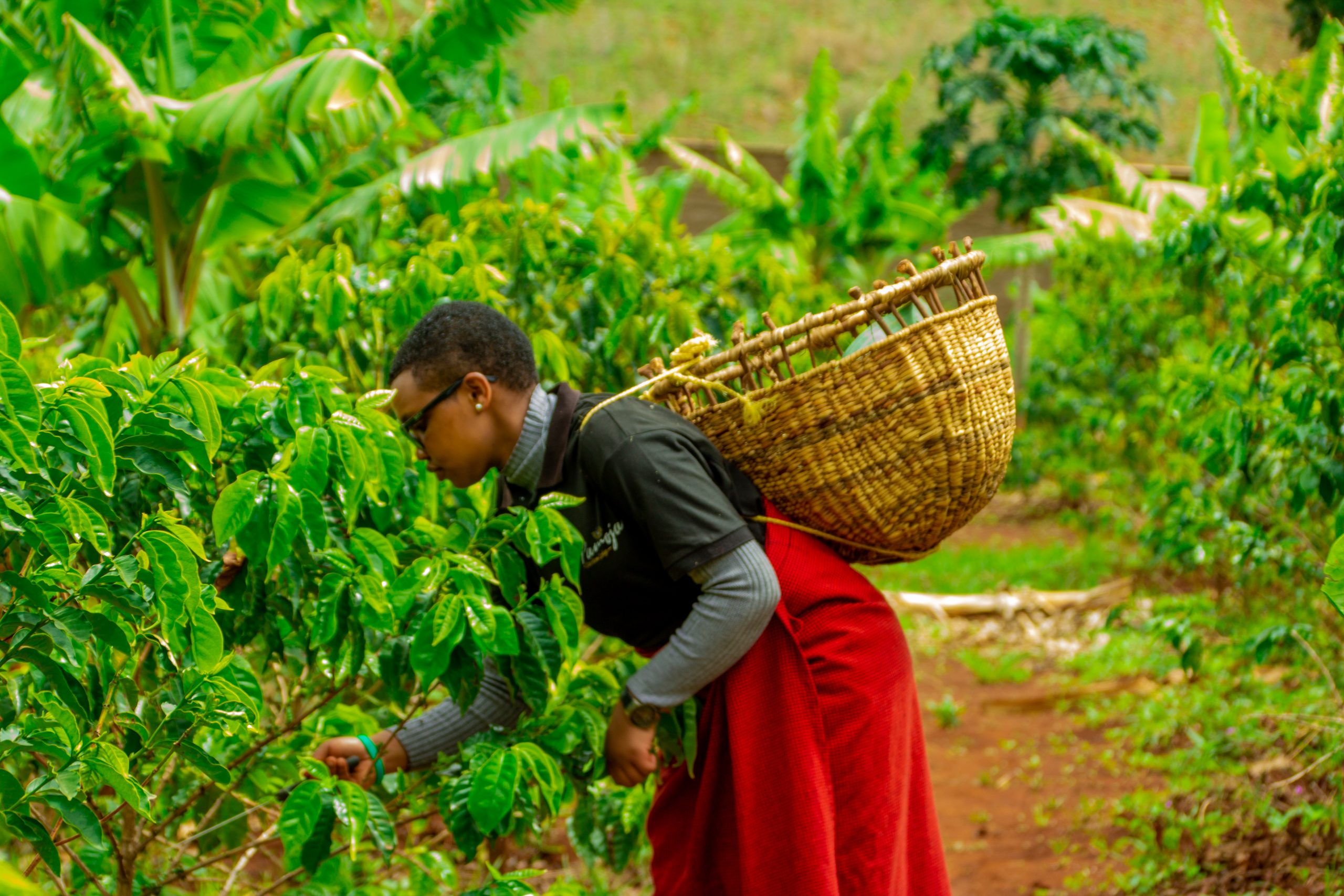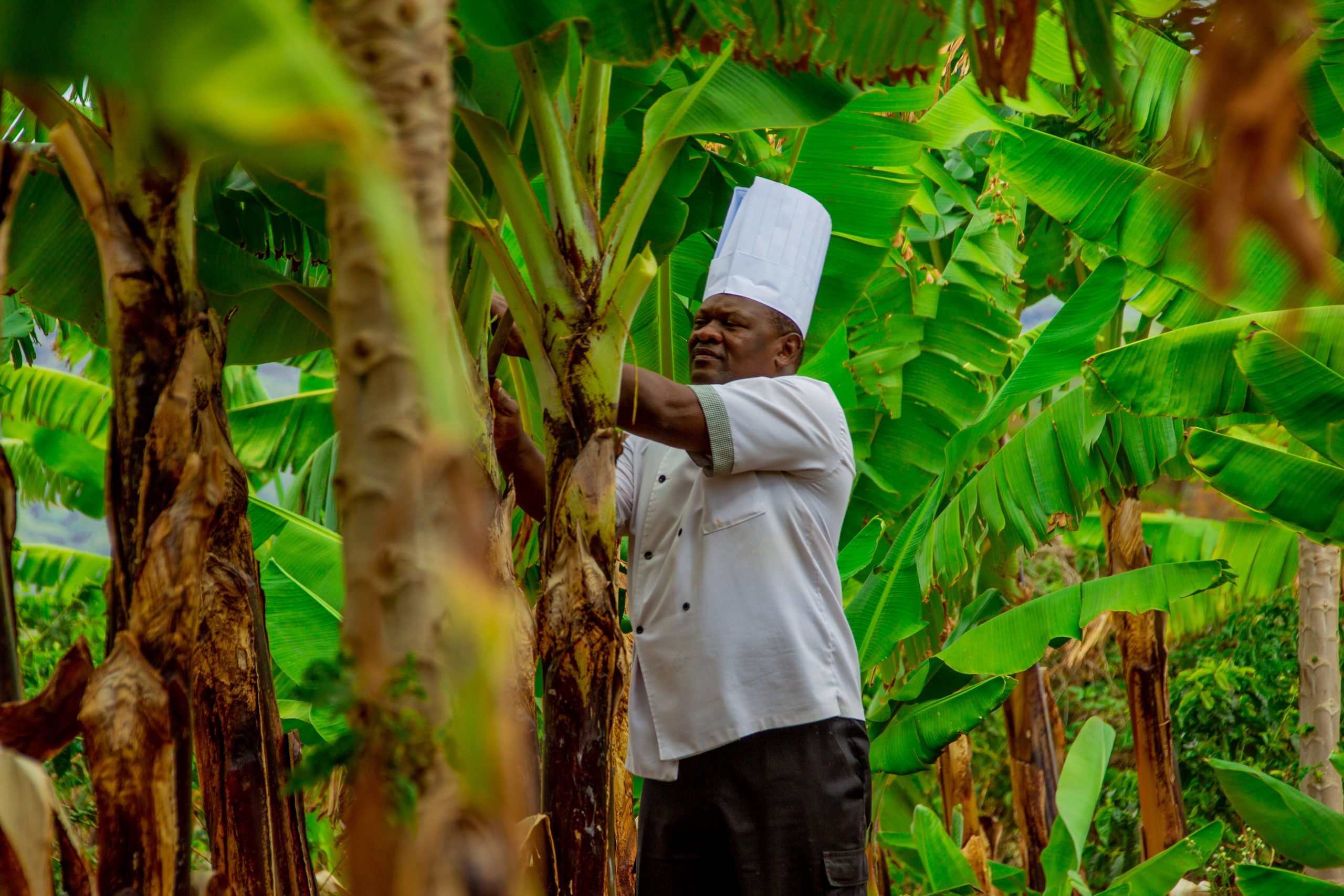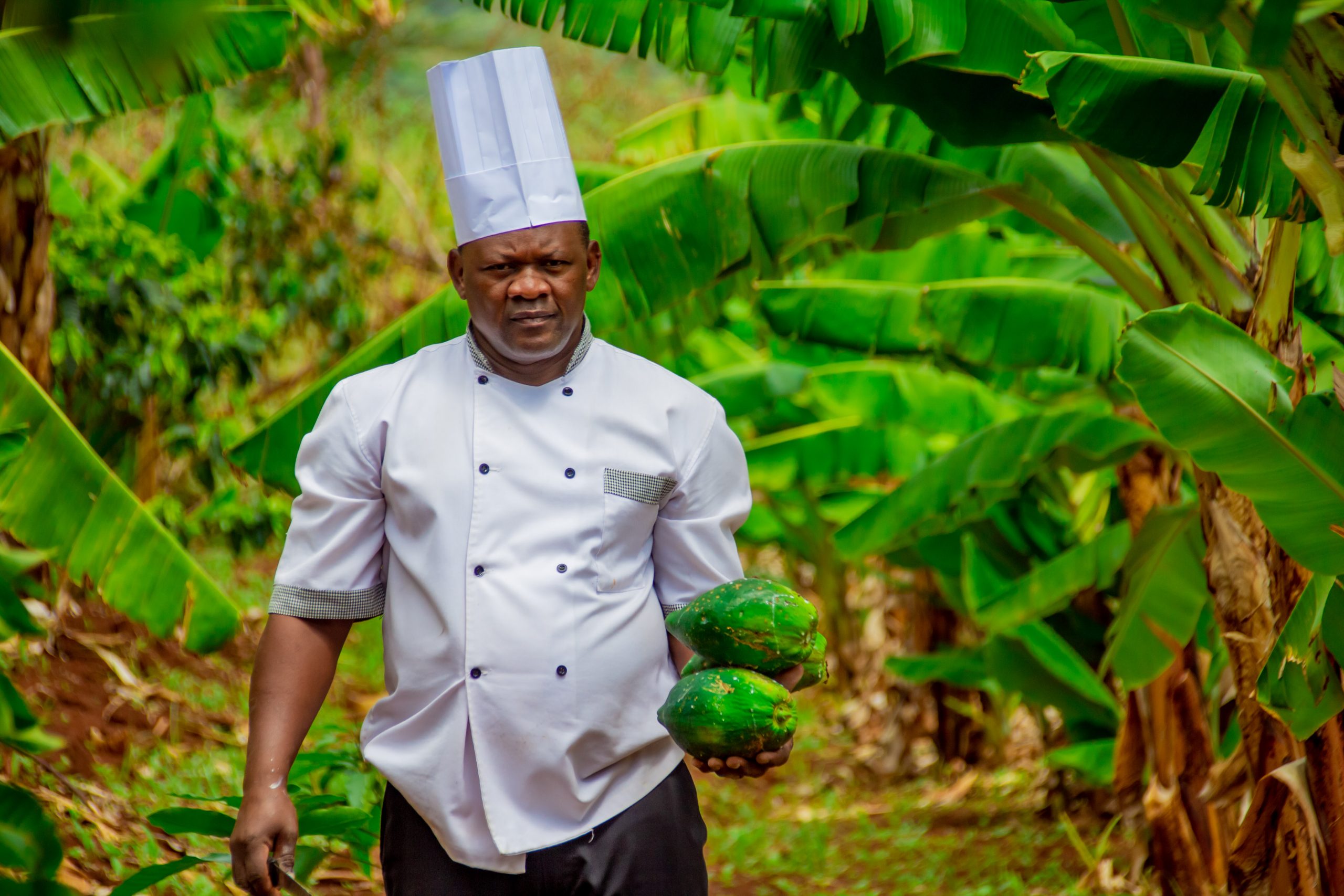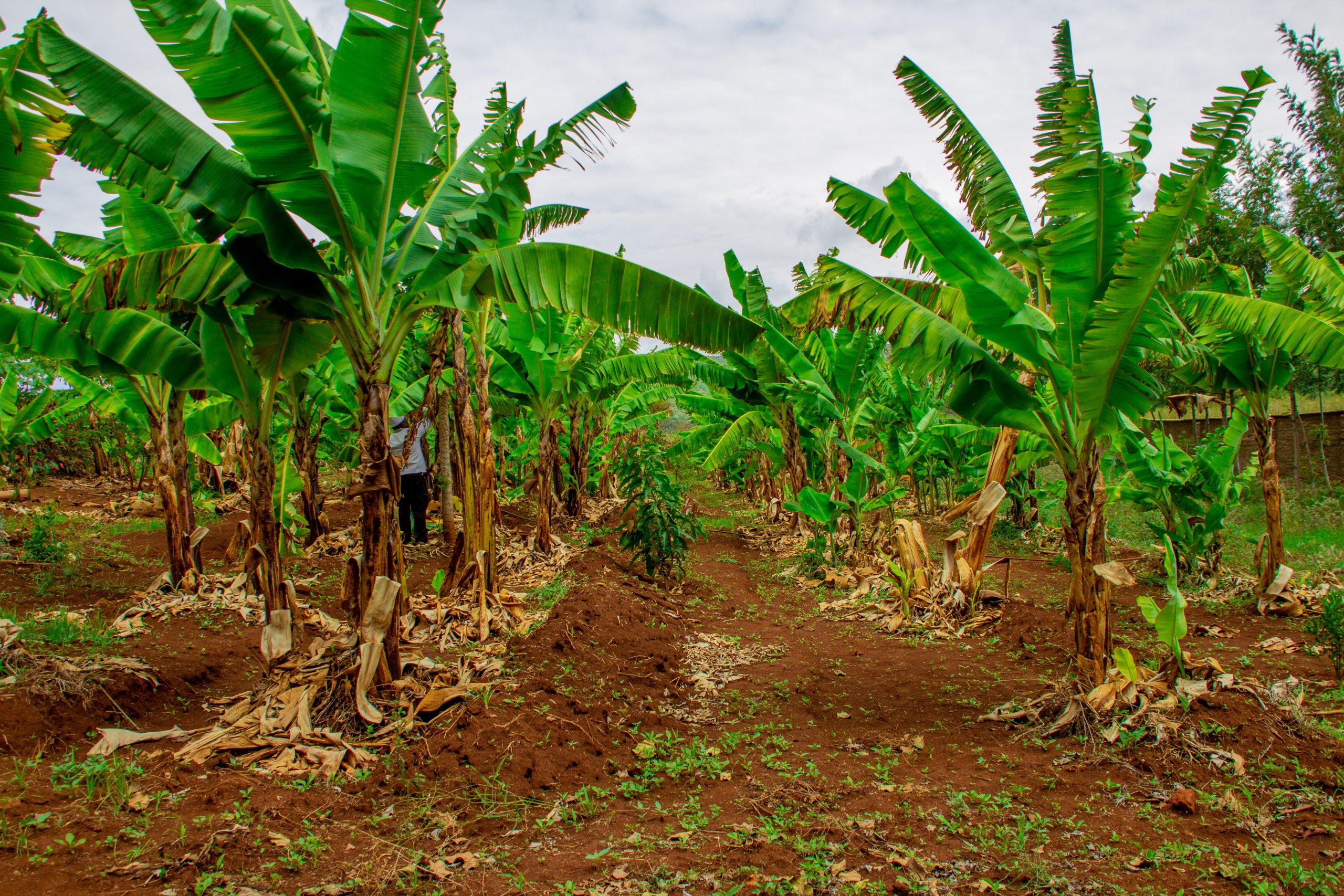Ngorongoro Conservation Area
Craters, Monoliths, and Hominins World
Ngorongoro Conservation Area
Why visit the Ngorongoro Conservation Area?
With over 25,000 animals and hundreds of bird species coexisting with semi-nomadic Maasai tribes as part of the Serengeti ecosystem, it’s unsurprising that the Ngorongoro Conservation Area ranks among Tanzania’s must-see destinations.
The Ngorongoro highlands in northern Tanzania are home to the Ngorongoro Conservation Area and offer visitors a variety of fascinating pastimes. Since 1979, the conservation area has been a UNESCO World Heritage Site. Visitors can sample locally grown and brewed coffee, safari through a crater, and hike up another to walk in the footsteps of early man.
The Ngorongoro Crater is famous for being the world’s only intact caldera. A wildlife sanctuary thrives in its basin, where the volcanic soil has fertilized the floor, attracting a diverse range of wildlife from lion and leopard to elephant and hippo. Visitors can go on safari through the crater and the Ndutu lake area to the west of the crater, which is known for its particularly dense wildlife population and annual passage of the Great Migration.
Empakai and Olmoti are two lesser craters that can be explored on foot with local Maasai guides. The magnificent Olduvai Gorge – site of the discovery of a 1.75-million-year-old hominin skull and a series of preserved footprints – allows visitors to literally walk in the footsteps of early man. From safaris in the Ngorongoro Crater to viewing the Great Migration from the shores of Ndutu Lake to treks through the magnificent Olduvai Gorge, the Ngorongoro Conservation Area offers visitors an abundance of activities.
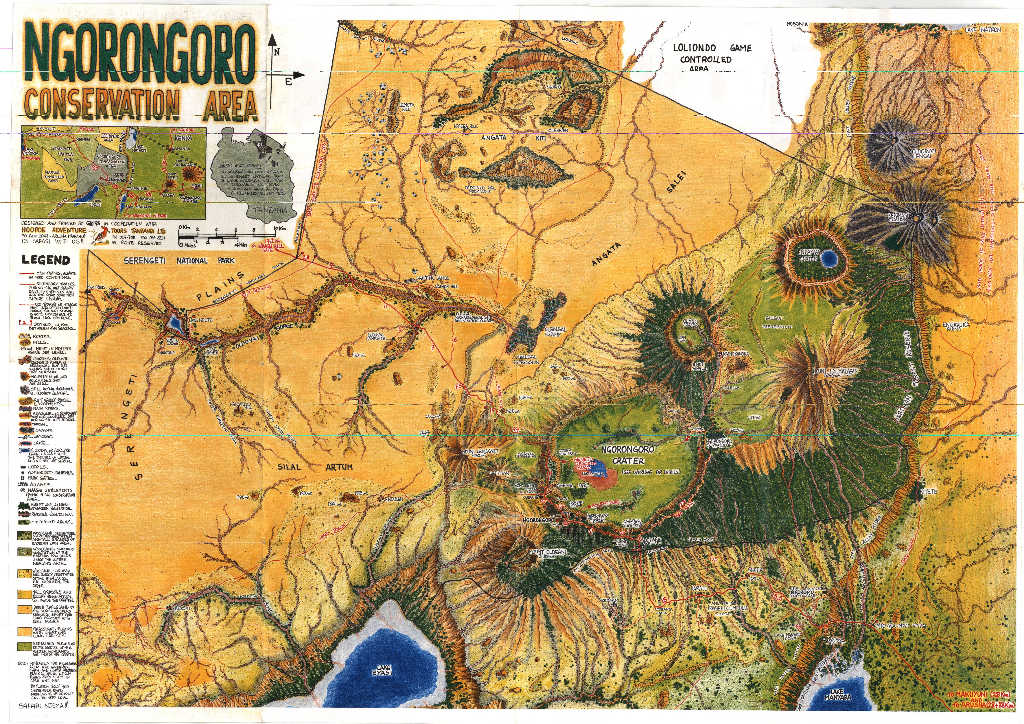
Best Time to Go to the Ngorongoro Crater
With wildlife remaining year-round in Ngorongoro’s steep-walled crater, the question of when to visit Ngorongoro Crater is less about optimizing your game viewing experience and more about how many other people and vehicles you wish to share the crater with.
Visitors can expect to see a spike in numbers during the dry July to September peak season and again during the December to February calving season that follows the November rains.
With this in mind, the main rainy season from April to May is frequently regarded as the best time to visit the Ngorongoro Crater, as it is far less crowded and the crater is lush and green in comparison to the dusty dry-season landscape.

